They’re more than just spicy. Discover a few of the amazing chilies of Mexico and learn how to cook with each.
By Nancy Anne Harbord
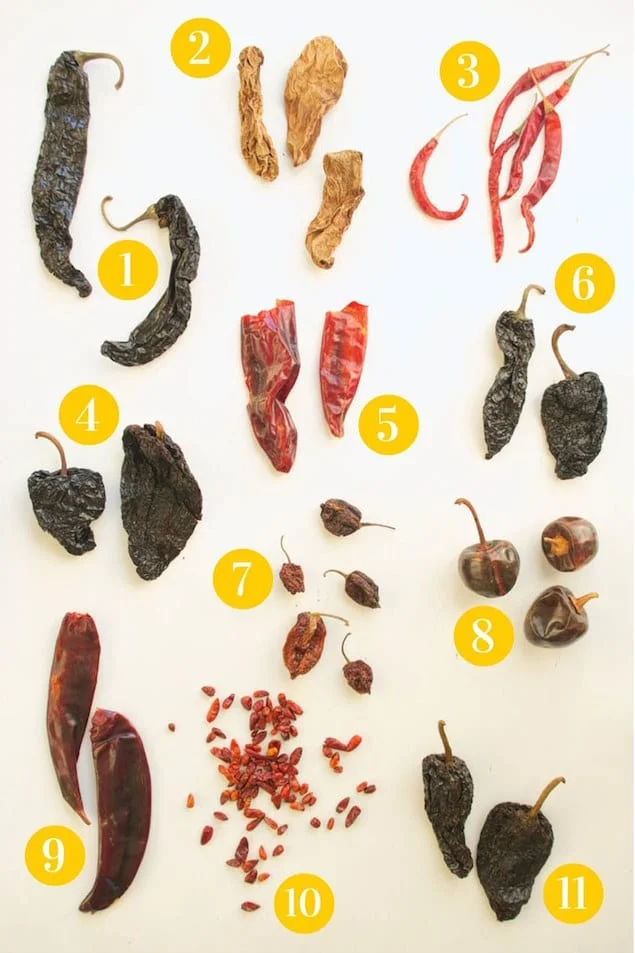
I was awoken to the joys of chillies fairly late in my life. It took me a while to develop the basic tolerance needed to really start tasting the difference between chili varieties (and not just taste burning!), but now I have that, there’s no turning back. The next revelation was trying really, really great chilies. Chilies that haven’t been sitting on some dusty shelf for years, that have been farmed and dried with care. The third stage in my awakening was discovering the breadth of chilies out there. A continual learning process for me and one that I find incredibly exciting!
Today, I want to introduce your to just a few of the amazing chilies of Mexico. This is just the tip of the iceberg! But a delicious tip nonetheless. Experiment and enjoy!
1. PASILLA
This chili varies from mild to medium hot and has a rich, raisin-like flavour. Often combined with fruit or used in sauces like the Mexican mole, pasillas are excellent with mushrooms, garlic, fennel, honey and oregano. To prepare for cooking, cover with hot (but not boiling) water and leave to hydrate for at least fifteen minutes. Remove stem (and seeds/membrane if desired), before blending into a purée.
2. CHIPOTLE MECO
Chipotle chilies are jalapeños that have been allowed to ripen on the plant until they turn deep red and begin to dry out. They are then smoked for days until they have dried completely. The chipotle meco chili is produced in central and south Mexico and is distinguished from its morito counterpart (see below) by a longer smoking process which creates a uniquely strong. smoky flavour. It has low to medium heat that adds a lot of flavour, even when used in small amounts. These chilies can either be rehydrated as described above, or ground to a powder and sprinkled in towards the end of cooking.
3. DE ARBOL
These bright red chilies, which unusually retain their colour after drying, are medium-hot to hot. Like many other chilies, they benefit from toasting before use and can be blended or crumbled into dishes. They are often used in large quantities to make Salsa de Chile de Arbol and are my ‘go to’ chili when I want to add a little burst of spice to a dish.
4. MULATO
Mulato chilies are the dried version of the Poblano pepper and are mild to medium hot. They are excellent in sauces and stews, with notes of chocolate, licorice, cherry and tobacco. These chilies should be rehydrated before use.
5. NEW MEXICO RED
These beautiful deep red chilies make a fab natural food colouring – great for making a striking red sauce! They have a slightly earthy flavour, but are at their best when used in combination with other, more flavourful, chillies.
6. CHIPOTLE MORITO
Ripened until purple-red like the chipotle meca above, these chilies are produced in the Chihuahua region of Mexico. Best when rehydrated, they have a strong , smoky flavour that can be used sparingly to great effect.
7. HABANERO
One of the hottest chilies around – excepting the superhots that is! Habaneros have a very distinctive fruity taste – to capture this flavour without too much heat, add whole pods to a sauce or stew and remove when the desired heat level is reached. We also have a fab recipe for habanero-infused chili oil coming soon!
8. CASCABEL
These rich, medium-hot chilies have a slightly tannic quality, with woodsy, smoky flavours and undertones of nuts and tobacco. Great when ground to a powder and used as a seasoning in soups and stews, sauces and salsas, and tamales and casseroles. If rehydrating, they require a long soak and the skin should be finely chopped or puréed as it can be a little tough.
9. GUAJILLO
Widely used in Mexican cuisine, particularly in the traditional mole sauce. This medium hot chili has a slightly fruity, berry-like sweetness. The tougher skin on this chili means it requires longer soaking when being rehydrated and when cooked tends to give food a yellowish tone.
10. PEQUIN
These very hot, citrus-y chilies are great crumbled into dishes early in the cooking process, particularly in sauces, salsas and soups. They also benefit from toasting. Also used for pickling and to flavour vinegars.
11. ANCHO GRANDE
These are dried poblano peppers – the sweetest of all the dried chilies – and are very commonly used in Mexican cuisine, particularly in the mole sauce. They are aromatic and relatively mild, with a rich, fruity plum flavour that is excellent in sauces, tomato and egg dishes. Their medium-thick flesh requires a little longer soaking when being rehydrated.




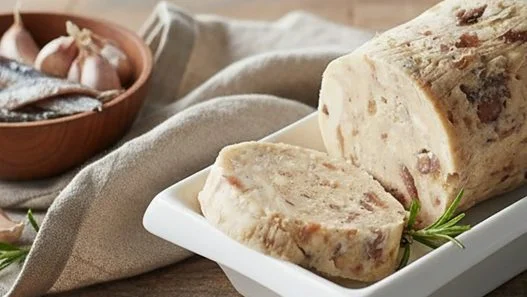

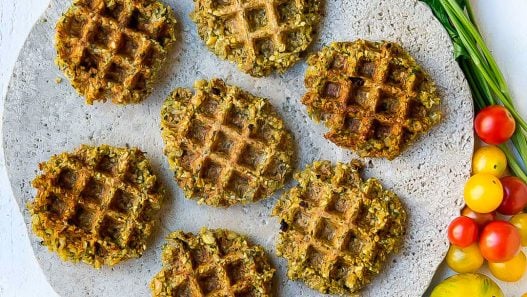




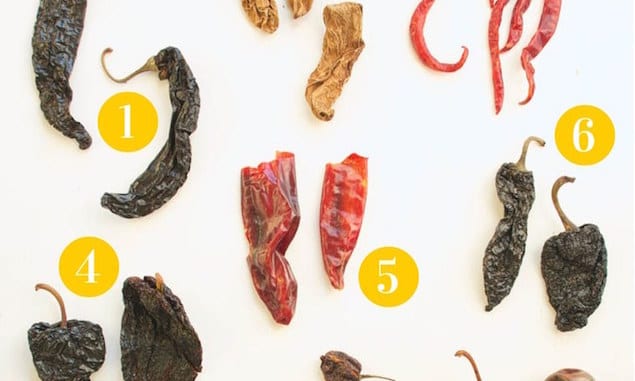
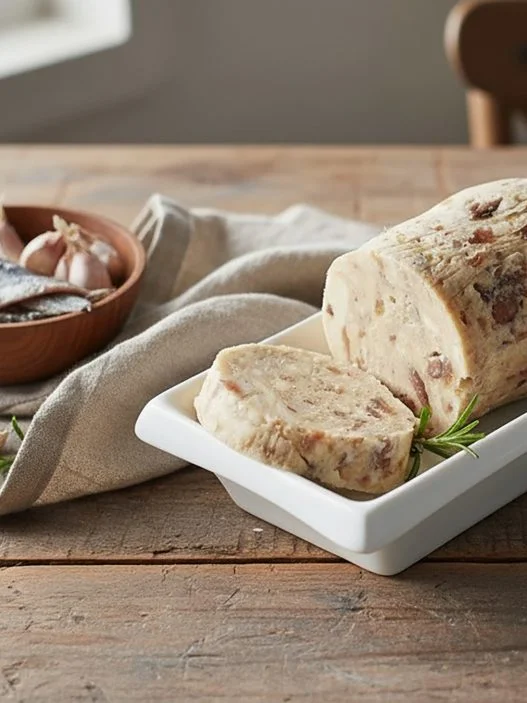
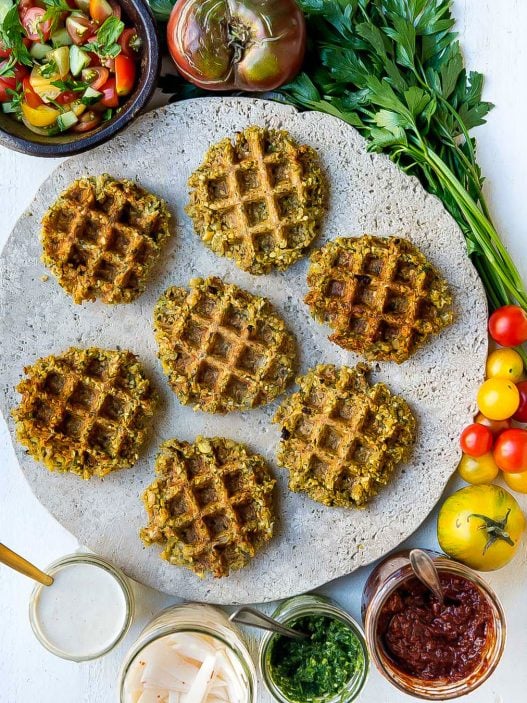
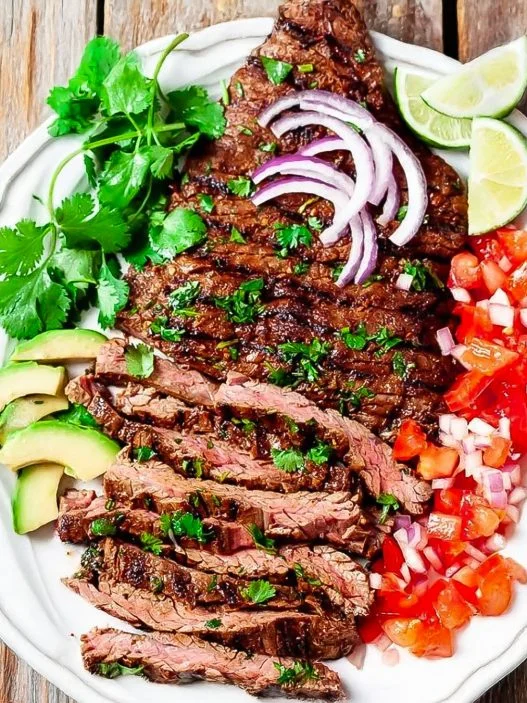


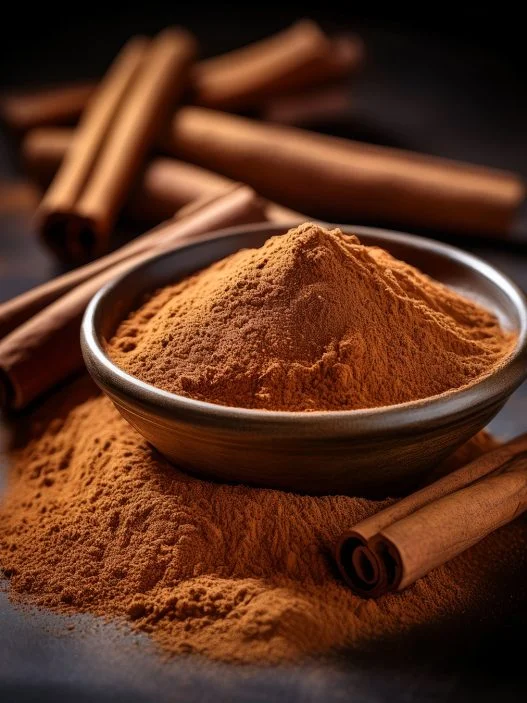
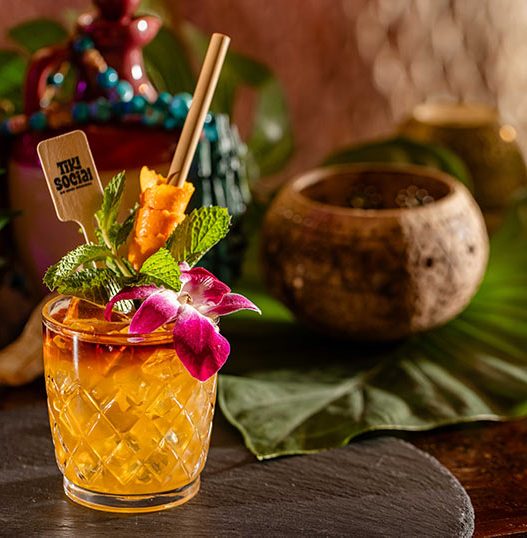
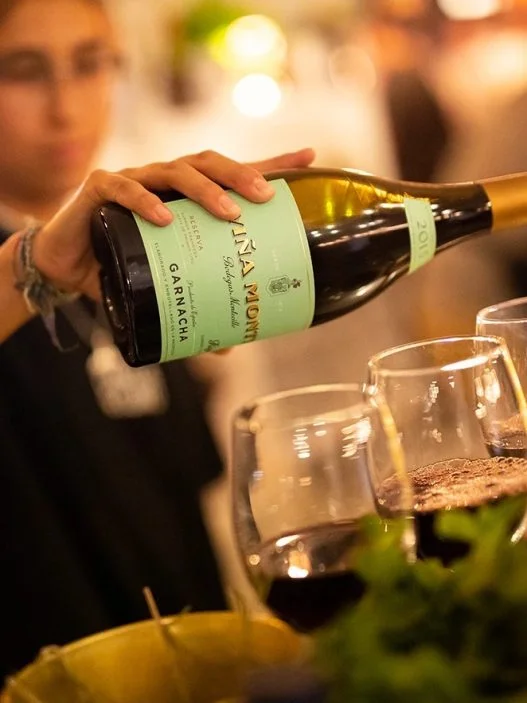

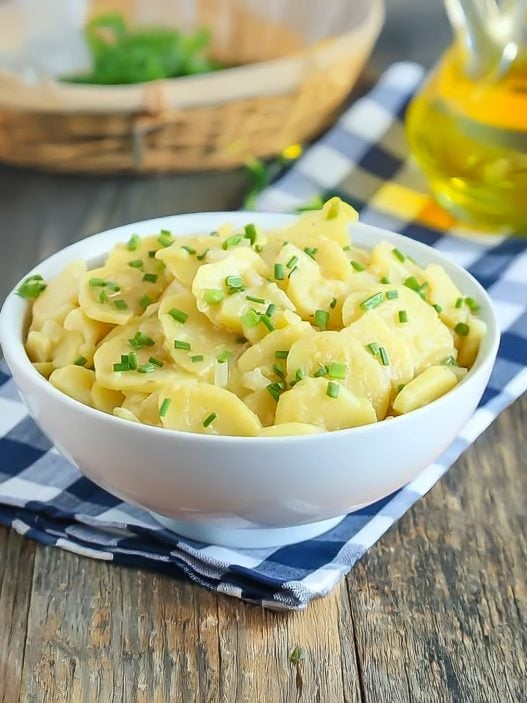
on 10, correct name is Piquín instead of Pequin.
My chilis are so hot (superhots, I think) my head gets as wet as standing out in rain, when eaten. Wondering how these are used?
cool!